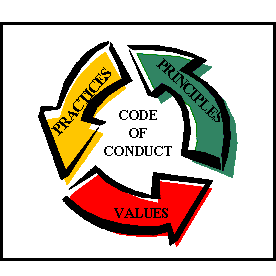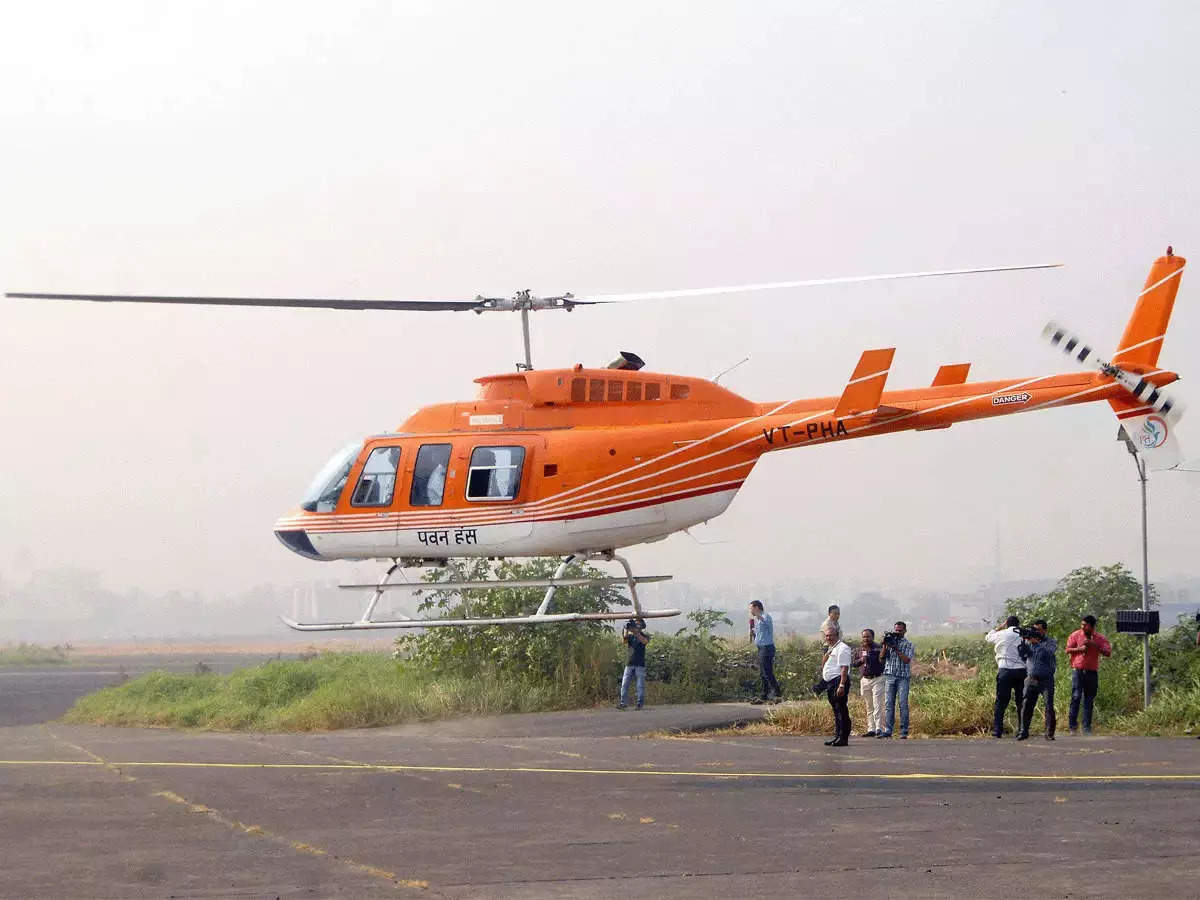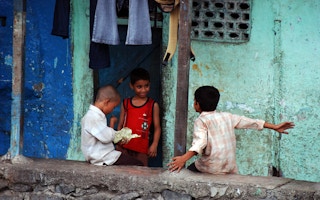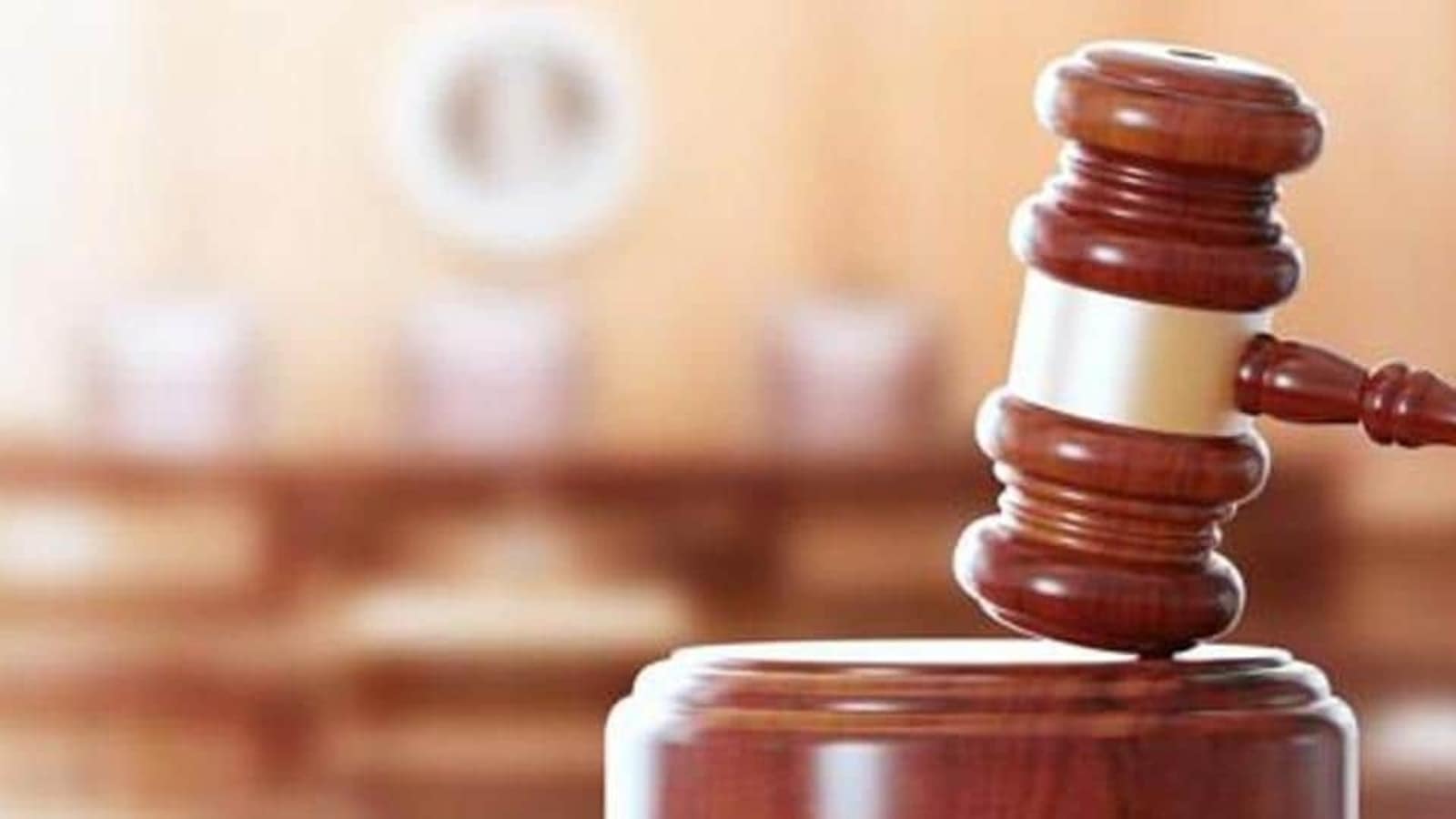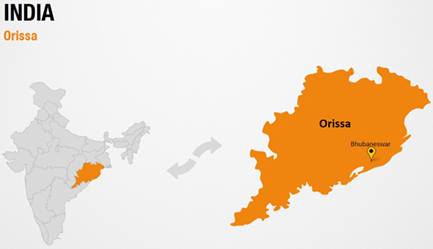In a recent decision, Pakistan’s Lahore High Court struck down the penalty of sedition in their penal code, raising concerns about India’s analogous provision under Section 124A. While the Indian Supreme Court is hearing a challenge to this rule, the basic concept of sedition survives and has made its way into several sections that criminalise speech.
What exactly is sedition?
- Section 124A defines sedition as an offence committed when any person, through words, either spoken or written, or signs, or visible representation, or otherwise, incites or attempts to incite hatred or contempt for the government established by law in India.
- Disaffection encompasses disloyalty as well as any feelings of hatred. However, comments that do not incite or attempt to incite hatred, contempt, or disaffection will not be considered offensive.
- Sedition is a punishable by death. Section 124A penalties vary from three years in jail to life in prison with or without a fine.
- During the reign of Prime Minister Indira Gandhi in 1973, sedition was made a cognizable offence in India for the first time in history, allowing for arrest without a warrant.
What effect does the offensive speech have on existing social hierarchy and inequality?
- prevailing Narratives are Reinforced: Offensive speech frequently aligns with the prevailing narratives espoused by people in power. It promotes and upholds the existing social order by validating and amplifying the privileged groups’ opinions and ideologies.
- Perpetuating Stereotypes and biases: Offensive speech frequently relies on stereotypes and biases established in social hierarchies. Offensive speech strengthens existing inequalities and discriminates against persons based on their identities, such as caste, ethnicity, gender, religion, or financial status, by maintaining these stereotypes.
- Dissent and Alternative Voices: Offensive speech can be used to silence dissent and alternative ideas. It fosters an atmosphere of fear and intimidation, prohibiting people from questioning the existing quo or speaking out against injustice.
- Emotional and psychological harm is caused by offensive speech, which encourages poor self-perceptions, feelings of inferiority, and internalised oppression. This can lead to low self-esteem, self-censorship, and an unwillingness to engage in public debate, reinforcing existing social structures.
- Uneven Consequences and Legal Frameworks: Offensive speech frequently confronts unequal consequences based on the speaker’s and target’s social positions. Marginalised people are more likely to face serious consequences for their comments, whilst privileged people frequently enjoy greater impunity.
How do established hierarchies present themselves in Indian law?
- Discrimination Based on Caste: The deeply ingrained caste system in India influences the legal structure. Lower-caste people continue to endure discrimination and marginalisation, notwithstanding constitutional safeguards and affirmative action laws.
- Inequitable Access to Justice: Marginalised communities, such as lower castes, tribal communities, and economically disadvantaged groups, frequently face impediments to justice. Inequitable access to justice can stem from a lack of legal awareness, insufficient legal aid services, and bias within the judiciary.
- Discriminatory Laws and Practises: Personal laws founded on religious or customary practises can exacerbate gender inequality and limit women’s rights. Similarly, regulations governing land ownership, inheritance, and labour rights may disproportionately harm marginalised communities, so exacerbating already-existing social imbalances.
- Limited Representation and Diversity: When people from lower castes, tribal backgrounds, and other marginalised groups are underrepresented in positions of power in the legal system, it can lead to biases and insensitivity to their concerns and needs. Because of this lack of diversity, hierarchical power structures can persist and efforts to rectify social injustices are hampered.
- Selective Enforcement and Impunity: In India, law enforcement can be selective, resulting in unequal treatment based on social, economic, or political reasons. Arrests, police brutality, and arbitrary detention may be more common among marginalised areas. Meanwhile, people in positions of social and economic power may be immune from prosecution for their acts, reinforcing hierarchical hierarchies inside the judicial system.
The changing interpretation and application of sedition legislation
- Sedition Laws Are Being Overturned: There have been efforts in recent years to repeal or modify sedition laws, questioning their compatibility with democratic values and the right to free expression. The decision of the Lahore High Court to strike down the penalty of sedition in Pakistan’s penal code highlights this rising argument.
- Constitutional Challenges: In various cases, the Supreme Court of India has considered the constitutionality and scope of Section 124A. While the law may stay in effect without being formally overturned, these constitutional challenges provide an opportunity to redraw the lines of sedition and guarantee that it is consistent with constitutional norms.
- Expansion of Speech Offences: The idea of sedition has spread beyond the specific offence and into other legal laws that criminalise speech. Laws that criminalise harming religious sensibilities or sentiments of specific communities are analogous to sedition in the Indian context.
- Fear of prosecution and the potential consequences, such as arrests, incarceration, or social ramifications, may cause individuals to self-censor or stop from voicing dissenting viewpoints.
- Judicial declarations: Judicial declarations have a significant impact on the evolving logic of sedition. Courts have the option to interpret and implement sedition statutes in a way that protects free expression, democratic principles, and strikes an acceptable balance between the state’s legitimate interests and individuals’ fundamental rights.
- Recent decisions, such as the Media One case, have emphasised the significance of defending free expression, criticising the overuse of sedition to suppress dissent and stifle speech.
The way forward
- Refining and restricting the Definition of Sedition: Refining and restricting the definition of sedition can aid in its prevention. The emphasis should be on acts or comments that explicitly encourage violence or pose a genuine threat to the country’s territorial integrity or sovereignty. This would assist to avoid disproportionate limits on dissent and government criticism.
- Protecting Free Expression: It is critical to ensure that the sedition statute is not used to repress genuine criticism, dissent, or peaceful protests. Individuals’ right to free speech and expression should be protected while allowing for vibrant public debate and the peaceful expression of dissenting viewpoints.
- Establish procedures to improve transparency and accountability in the application of sedition legislation. This includes clear rules for law enforcement authorities, regular case reviews, and harsh penalties for breaking the law. Proper oversight and monitoring can aid in the prevention of arbitrary arrests and the protection of individuals from unfair prosecution.
- Promote public awareness and legal education on the scope and limitations of the sedition statute. This can assist people understand their rights and duties, allowing them to practise their free speech properly while avoiding illegal behaviours.
- Emphasise the use of alternative legal tools, such as defamation, incitement to violence, or hate speech statutes, to address actual risks to public order or national security. These laws must be rigorously implemented in order to safeguard persons without violating their fundamental rights.
@the end
Beyond the formal repeal of Section 124A, it is critical to confront the underlying rationale of sedition and its impact on different measures that restrict free speech. Recognising the intertwined relationship between law and society, as well as the hierarchical power dynamics that determine the prosecution of speech offences, is critical to protecting democratic values and preserving freedom of expression.
Source: https://www.legalserviceindia.com/legal/article-6640-freedom-of-speech-and-expression-and-sedition-law-in-india-a-relative-study.html


